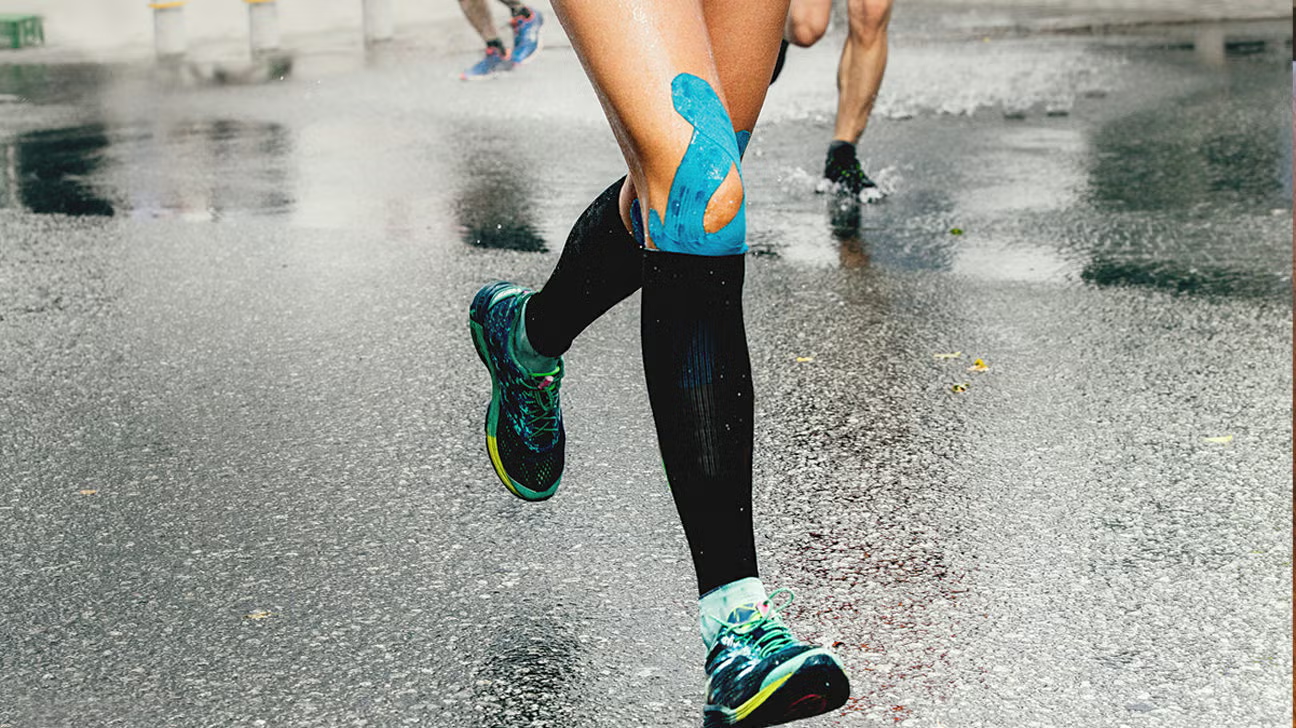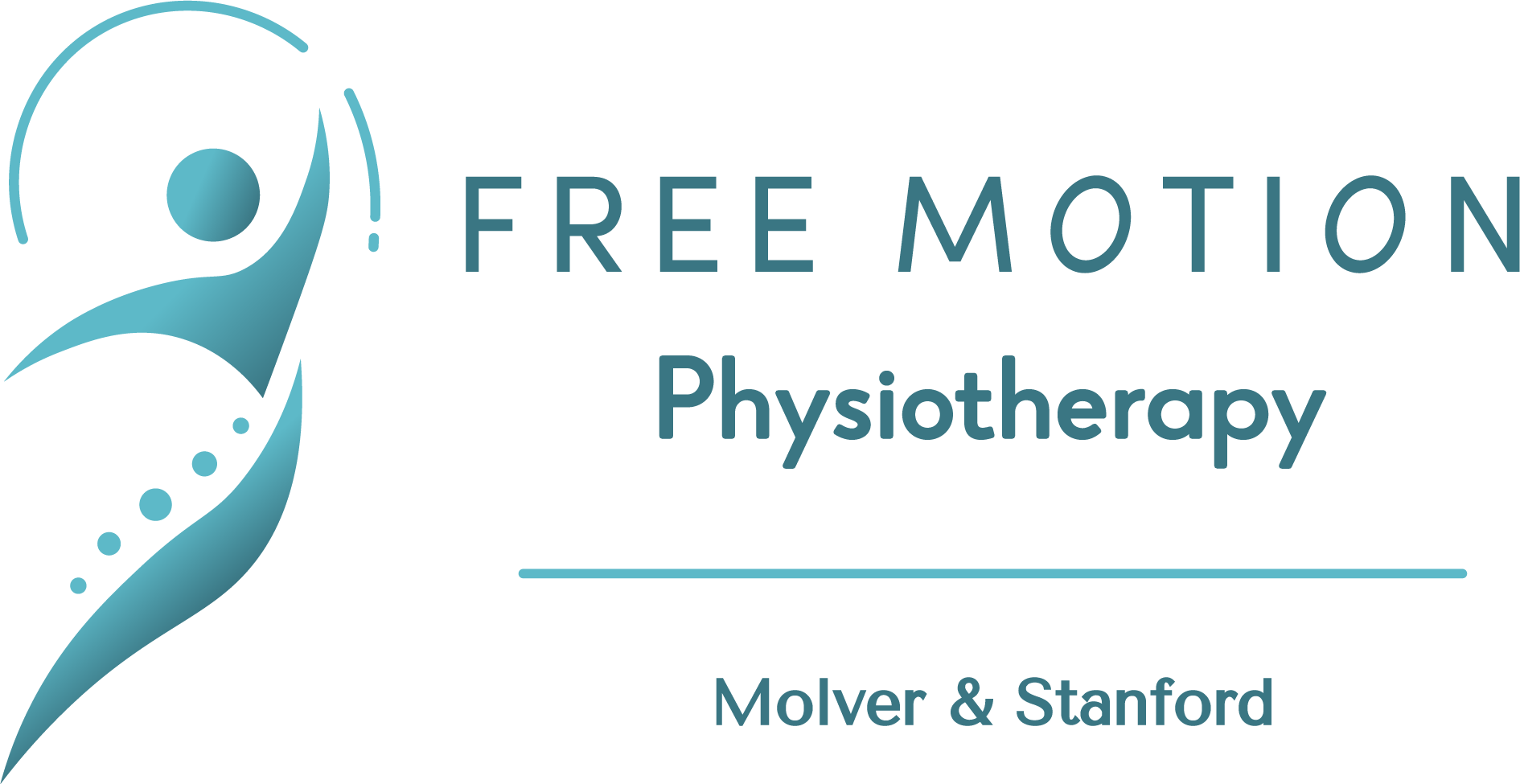Game, Set, Match: Why Padel Is a Great Workout
What is Padel and why is it so popular?
Padel has taken the world (and South-Africa) by storm! Even though the sport has been around since the 1970’s, it’s really gained popularity in the last few years. Unlike traditional racket sports, padel’s technique and rules are easier to pick up, meaning everyone from pro-athletes to beginners can join in the fun. But don’t be fooled-it’s still a demanding workout that will have you fighting for your breath.
Padel Perks- How It Keeps You Fit and Active:
- A complete full-body workout:
Padel engages your entire body since you are using your core, upper- and lower body. It boosts your cardiovascular fitness since your heart rate will be elevated for a period, and it improves muscle endurance and hand-eye coordination. - (Relatively) low impact, high intensity exercise:
The enclosed court and underhand serves reduce strain on joints (when compared to tennis and squash) while still providing an intense workout. And luckily this means less running around to go fetch those pesky balls!


- Improves reflexes and agility:
The game’s fast pace improves reaction times, lateral movements, and overall dexterity. As in squash, players are allowed to play off the walls- meaning that after the ball bounces on the court, you can hit it off the glass walls or fence and return it to your opponent on the other side of the net. This adds another element of agility, as players need to be able to turn quickly to hit the rebounding ball.
The Most Common Padel Injuries:
Padel is fun and a great workout, but like any sport, it comes with some risk of injury. Here are some of the most common padel injuries to watch out for:
- Lower leg injuries:
1. Ankle sprains: Twisting your ankle with quick sideways movements when chasing a ball or landing funny.
2. Knee injuries: Usually due to twisting or turning movements or over-training.
3. Calf strains: Can happen when you push-off forcefully when chasing a ball or accelerating. - Upper limb injuries
1. Tennis elbow: Usually occurs when you overuse the muscles in your forearm that moves the wrist backwards- this is common when using a lot of backhand shots.
2. Shoulder pain: Excessive overhead smashes and overuse can cause rotator cuff related pain and impingement symptoms.
3. Wrist sprains: Can happen with sudden impact or poor technique when holding the racket. - Other common injuries:
1. Lower back pain: Overstretching during serves, repeated bending to pick up balls and poor core strength can all lead to lower back pain.
2. Blisters: Due to gripping the racket tightly.
- Lower leg injuries:

There you have it, the perks (and risks) of choosing padel as your new hobby. Part 2 will address how to prevent some of these common injuries.
If you are experiencing any pain or discomfort, a physiotherapist at Free Motion Physiotherapy can help get you recover properly, address the root cause and get you back to playing padel safely and stronger than before.
Book your Free Motion Physiotherapy session
More

Is your body waving a red flag? How to detect overuse injuries
Have you ever had a small ache that started during a run or workout? At first you can ignore it

When to rest, and when to move after an injury
“Just rest.” How many times have you heard this advice after an injury, flare-up, or when struggling with body aches

Strapping Up: How Taping can Boost Your Body’s Proprioception in Sport
We have all seen sports matches or competitions with athletes strapped up over a variety of joints. Many people think
